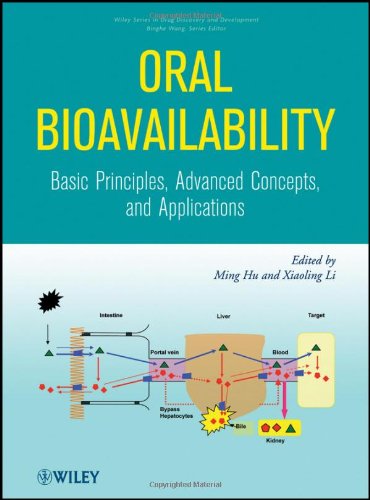

Most ebook files are in PDF format, so you can easily read them using various software such as Foxit Reader or directly on the Google Chrome browser.
Some ebook files are released by publishers in other formats such as .awz, .mobi, .epub, .fb2, etc. You may need to install specific software to read these formats on mobile/PC, such as Calibre.
Please read the tutorial at this link: https://ebookbell.com/faq
We offer FREE conversion to the popular formats you request; however, this may take some time. Therefore, right after payment, please email us, and we will try to provide the service as quickly as possible.
For some exceptional file formats or broken links (if any), please refrain from opening any disputes. Instead, email us first, and we will try to assist within a maximum of 6 hours.
EbookBell Team

4.0
66 reviewsUnderstand and assess the design, delivery, and efficacy of orally administered drugs
A practical guide to understanding oral bioavailability, one of the major hurdles in drug development and delivery, Oral Bioavailability: Basic Principles, Advanced Concepts, and Applications is designed to help chemists, biologists, life science researchers, pharmaceutical scientists, pharmacologists, clinicians, and graduate and students become familiar with the fundamentals and practices of the science of oral bioavailability.
The difference in rate and extent between a drug taken orally and the actual amount of a drug reaching the circulatory system, oral bioavailability is an essential parameter for determining the efficacy and adverse effects of new and developing medications, as well as finding an optimal dosing regimen.
This book provides a much-needed one-stop resource to help readers better understand and appreciate the many facets and complex problems of oral bioavailability, including the basic barriers to oral bioavailability, the methods used to determine relevant parameters, and the challenges of drug delivery.
In addition, this comprehensive book discusses biological and physicochemical methods for improving bioavailability, integrates physicochemistry with physiology and molecular biology, and includes several state-of-the-art technologies and approaches—Caco-2 cell culture model, MDCK, and other related cell culture models—which are used to study the science of oral bioavailability.